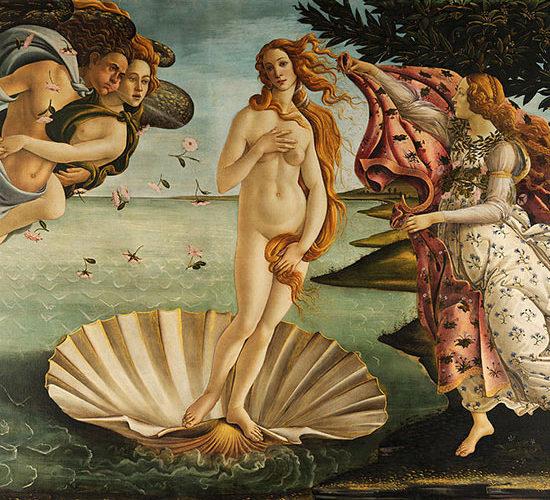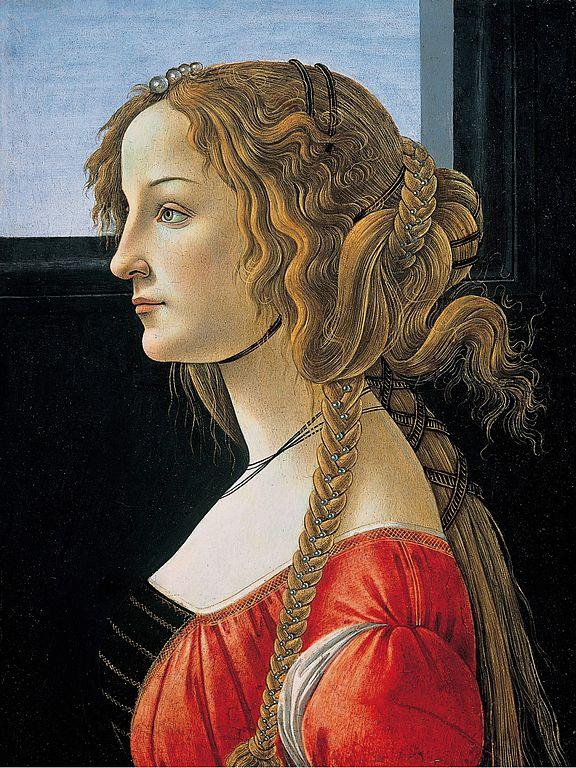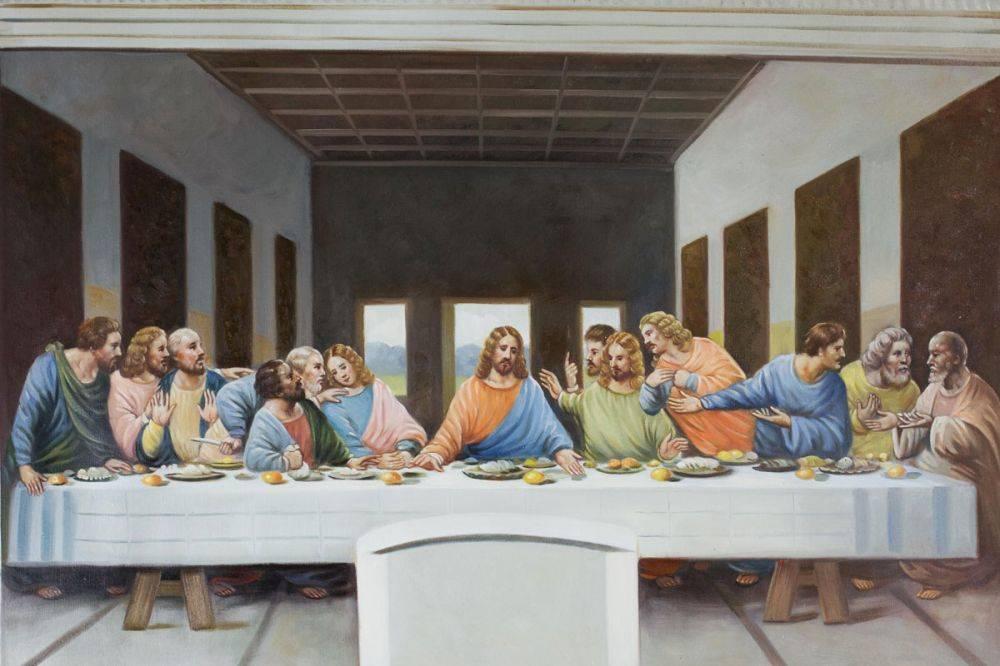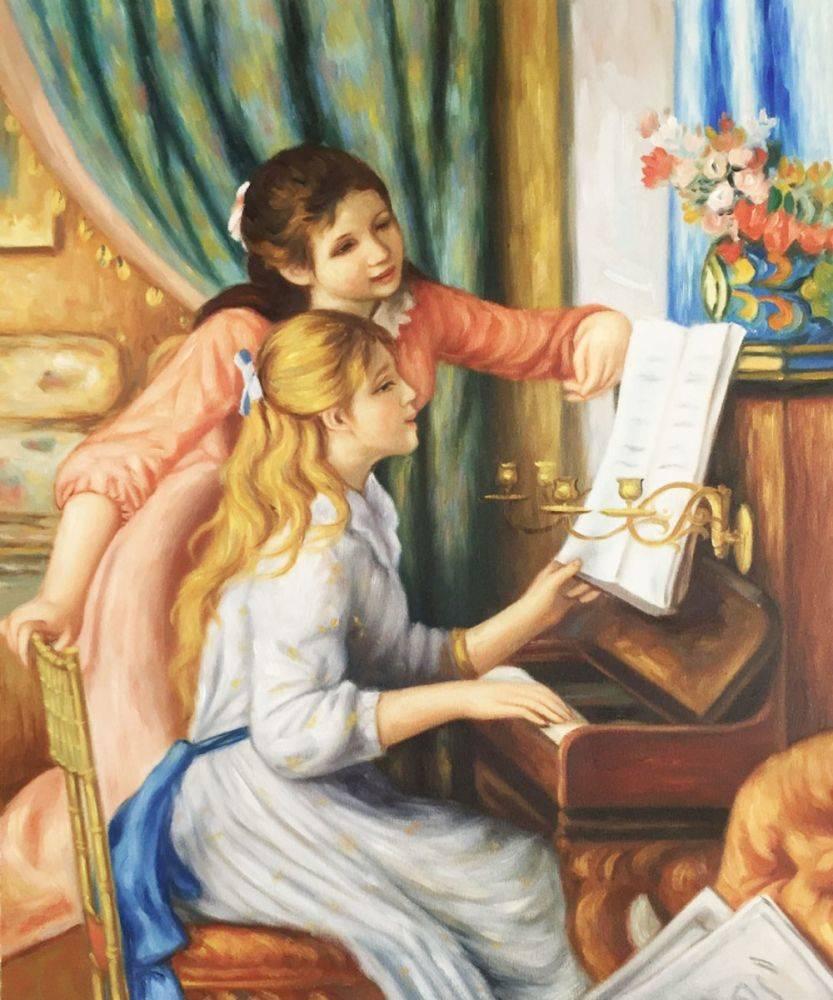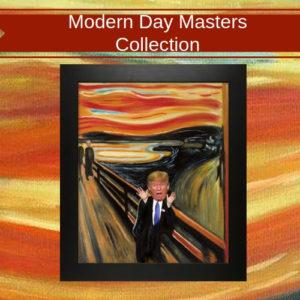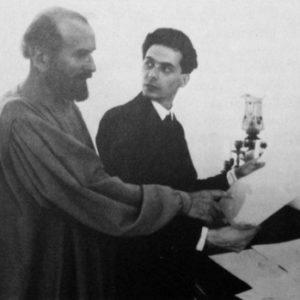Art
Art Travel Guide
Travelling Exhibit Showcases the Art and Influence of Botticelli
Nowadays, most people know at least one work by Italian master Sandro Botticelli. His Birth of Venus is one of the most powerful, long lasting, and culturally significant works of art to come out of the Renaissance.
As great as it is, however, it’s only the tip of the iceberg. Botticelli had a long and successful career thanks to the support of legendary patron Lorenzo de Medici who also helped Michelangelo, da Vinci, and Verrocchio. Even after a life of such great fame, his work still managed to fall out favor as it remained hoarded in private collections for several centuries.
Since then, people have rediscovered his idealized beauties, mythological scenes, and religious frescoes and given them a well deserved place in the history of Western art. Artists from all disciplines including filmmakers, fashion designers, photographers, and generations of other painters have been profoundly impacted by Botticelli’s work. These ‘ghosts’ of his vision, these extensions of his lineage, are a primary focus of a new exhibition coming to London this month after several months in Berlin.
Viewers proceed through “Botticelli Reimagined” at the Victoria and Albert Museum as if in a time machine. Beginning with more contemporary works from the 20th century to today, it features a variety of styles and media. There’s a clip from a Connery-era James Bond film, an automobile rim, and an assemblage made out of trash. A wide-reaching impact indeed. Most of these more modern works focus on his Birth of Venus (which is sadly not on display) including silkscreen versions from Andy Warhol and Robert Rauschenberg. The selection of works from this time period is especially diverse not only in appearance but also in origin, featuring work from the Americas, Asia, and throughout Europe.
Though Botticelli’s women continue to be a central part of his legacy, contributions to the exhibition from female artists are in the definite minority. That said, the quality of the selections is top-notch. Photographic contributions from Cindy Sherman, Valie Export, and Rineke Dijkstra are particularly enjoyable, as well as a video installation by Ulrike Rosenbach.
Going further back in time, there is a delightful variety of 19th century art coinciding with the timing of Botticelli’s rediscovery. His Venus was not shown to the public until 1815 and quickly became a sensation. Ostensible Impressionist Edgar Degas and Symbolist Gustav Moreau saw his work at the Uffizi Gallery in the late 1850s and sketches from each are on display. On the more traditional end of the spectrum, William Adolphe Bouguereau‘s majestic 10 foot tall Birth of Venus is on loan from the Musee d’Orsay. Pre-Raphaelites like Dante Gabriel Rossetti not only made images inspired by Botticelli but also collected his images, including some shown here.
Finally one arrives at the selection of works by the legend himself and there is quite a variety. While the full original Birth of Venus isn’t lent out by the Uffizi gallery, Botticelli made several additional depictions of its main subject. One such Venus is present and equally resplendent. Also present are notable portraits, including one of Giuliano de’ Medici, whose family essentially ruled Florence and was famous for their artistic patronage (among other things). A profile of a young woman, assumed to be the well-known beauty Simonetta Vespucci, was discovered in the Medici palace and shows off Botticelli’s attention to detail. Numerous religious images, including several Madonnas and at least one altarpiece, pay tribute to the artist’s large body of more spiritual work. “The Flight into Egypt” displays the combination of familiar subjects with new compositional techniques and perspectives that characterized much of his later painting.
Botticelli – The Flight into EgyptOf particular interest is the only painting he is known to have signed and dated. A richly complex Nativity scene, it features a strange hierarchy of scale and a mysterious inscription in Greek which gives the artist’s name, year of creation, and a description of the apocalypse.
All things considered, this exhibition has something for everyone. Even the pieces that don’t appeal to a given viewer may serve the purpose of highlighting the strengths of other works. It succeeds at focusing in on one of history’s greatest and most influential artists without limiting itself to a uniform and monotonous tone. Exploring the incredibly varied timeline could serve to garner interest from crowds who may not have come to a traditional show and it can instill a more contextual appreciation for whatever one finds most palatable.
“Botticelli Reimagined” will be on display at the Victoria and Albert Museum in London until the 3rd of July, 2016.
